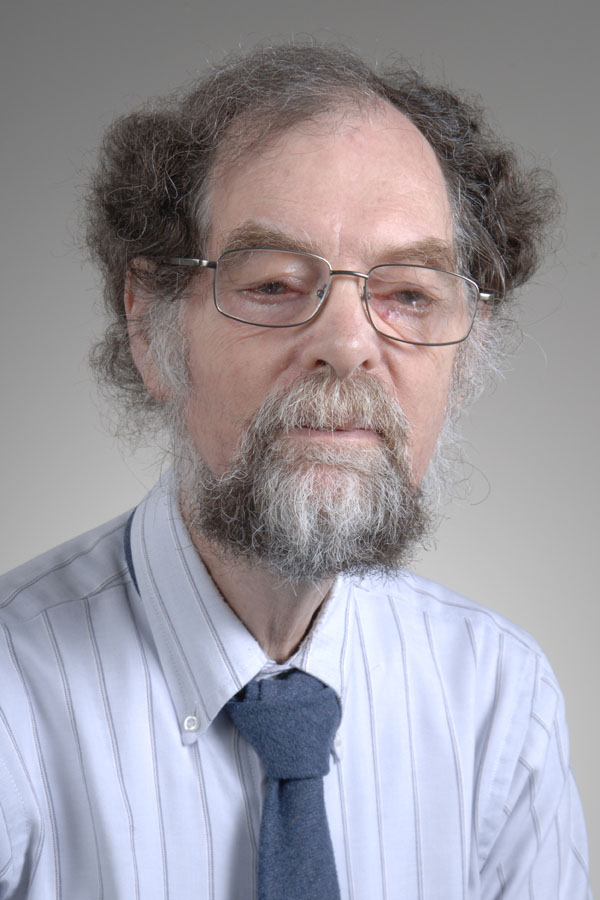Richard D. Mooney, Ph.D.

Emeritus Associate Professor
Office: 185 Block Health Science Building
Tel: 419-383-4023
Email: richard.mooney@utoledo.edu
Education:
1976: PhD, University of Minnesota
1979: National Eye Institute NRSA, University of Colorado
Research Interests:
Mammalian brain development and capacity for nerve cell circuits in the brain to reorganize
following injury to peripheral and central portions of the nervous system. The main
questions involve: 1. how nerve cells use chemical and physiological instructions
to reach their targets and form accurate connections during development and 2. types
of rearrangements, including compensation and decompensation, in neural circuitry
after brain damage or peripheral nerve injury.
Research Techniques:
Brain development and neural reorganization is studied in rats, primarily, using in
vivo and in vitro electrophysiology and natomical techniques that reveal individual
nerve fibers and patterning in groups of fibers. Chemical guidance cues within the
brain are assayed chiefly using immunohistochemistry and in situ hybridization. Recently,
nascent efforts also include use of magnetic resonance imaging (MRI, structural and
functional approaches) to address related issues about brain alterations in humans
who
have suffered limb injury and loss due to trauma or vascular disease.
References (Partial List):
Lane RD, Chiaia NL, Kesterson KL, Rhoades RW, Mooney RD. Boundary-limited serotonergic influences on pattern organization in rat sensory
cortex. Neurosci Lett. 2005;395:165-169.
Wang X, Bauer W, Chiaia N, Dennis M, Gerken M, Hummel J, Kane J, Kenmuir C, Khuder S, Lane R, Mooney R, Bazeley P, Apkarian V, Wall J. Longitudinal MRI evaluations of human global cortical thickness over minutes to weeks. Neurosci Lett. 2008;441:145-48.
Lane RD, Pluto CP, Kenmuir CL, Chiaia NL, Mooney RD. Does reorganization in the cuneate nucleus following neonatal forelimb amputation influence development of anomalous circuits within the somatosensory cortex? J Neurophysiol. 2008; 99:866-875.


